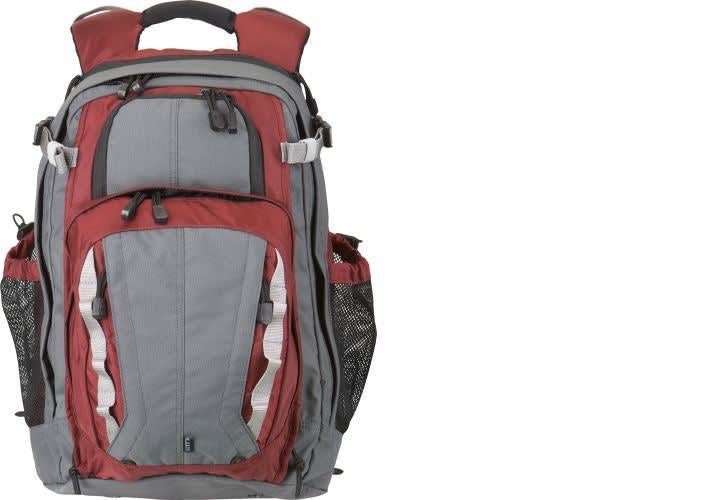How should you select a shoulder or gear bag? Nearly every gear company has a backpack, slinger-type bag, or shoulder bag in all configurations. Personally, I carry a shoulder sling pack. Nearly every company and cop shop has a messenger shoulder-type gear bag available today in a variety of sizes and carry styles. Many are designed for concealed carry with built-in holster compartments. This is what I carry more and more every day.
Here's my rationale to support this. If I'm off duty and stumble into an evolving event, I'm going to need more than a piece of metal and handgun. Some of these bags reek "cop," so here's a suggestion from a tactical operator colleague. Get a sports team's logo or some designer logo, and put it on the outside of the bag for public view.
Look at the variety of colors that some bags offer; not all of the world wears SWAT black all the time. If a thug checks out your appearance, and observes this could be some designer special, they won't think "cop." It's all about blending in.
So what is in my carry bag? Along with the handgun, it should include:
Two magazines of good quality ammo
Official credentials case with extra business cards
Notebook with pen
Handcuffs (flex cuffs cut down on weight)
High-intensity flashlight
Cell phone
Quality police utility knife
"DSM" identify banner
Hemostatic agent dressing
Combat dressing (Army surplus — Hooah!)
Tourniquet
Two pair, latex gloves
A few adhesive bandages for nicks and scrapes
Police radio (if in your jurisdiction)












